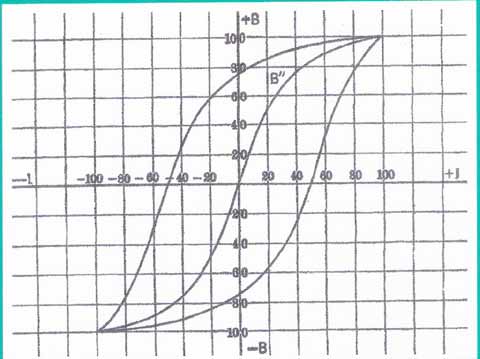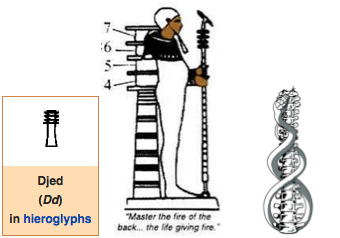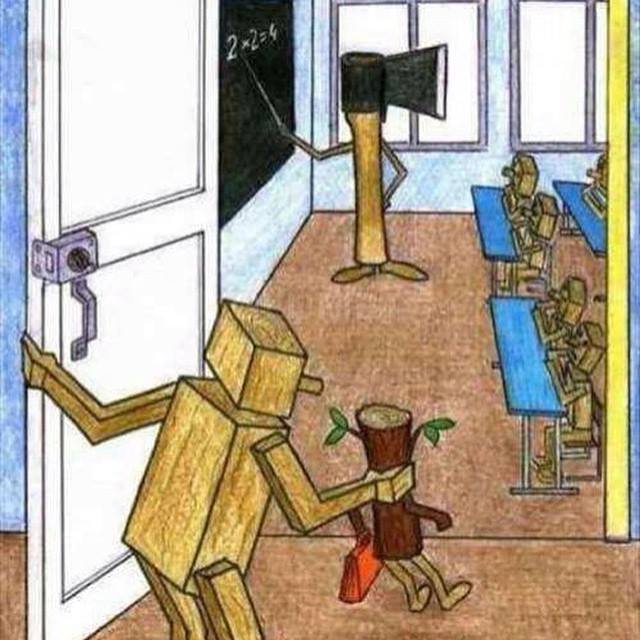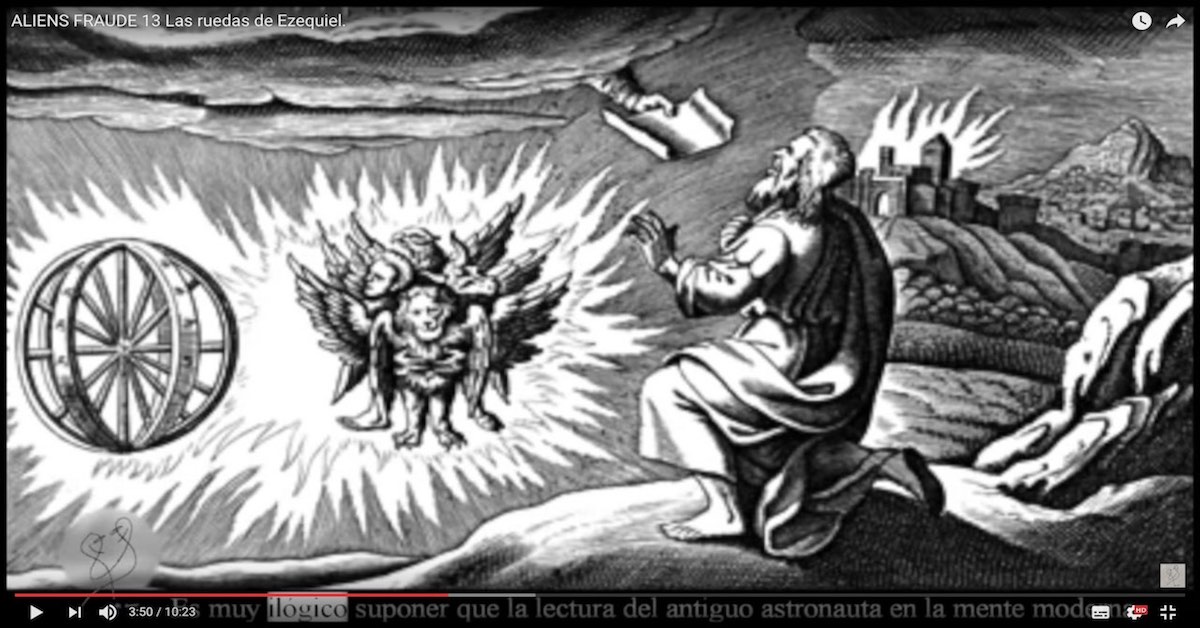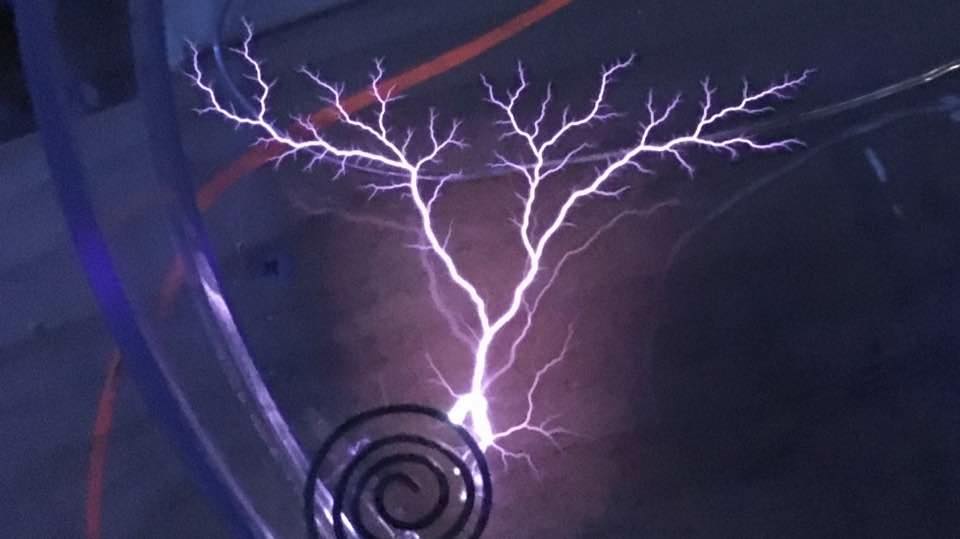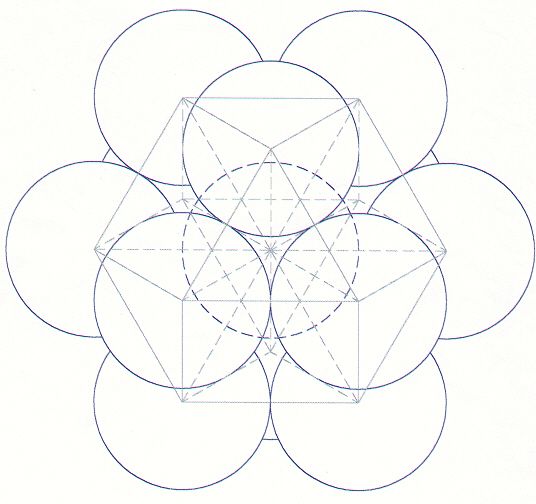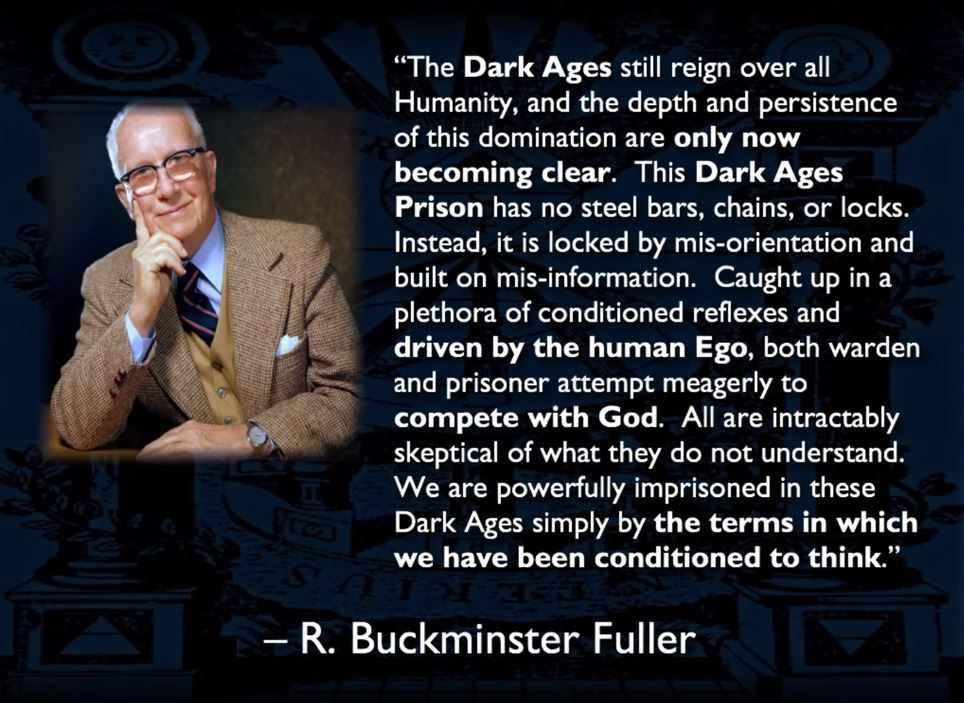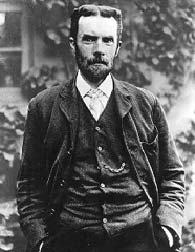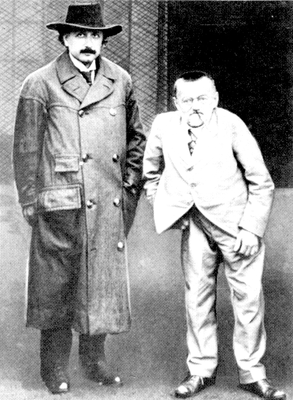The person with a secular mentality feels himself to be the center of the universe. Yet he is likely to suffer from a sense of meaninglessness and insignificance because he knows he’s but one human among five billion others – all feeling themselves to be the center of things – scratching out an existence on the surface of a medium-sized planet circling a small star among countless stars in a galaxy lost among countless galaxies. The person with the sacred mentality, on the other hand, does not feel herself to be the center of the universe. She considers the Center to be elsewhere and other. Yet she is unlikely to feel lost or insignificant precisely because she draws her significance and meaning from her relationship, her connection, with that center, that Other.
-M. Scott Peck, A World Waiting to Be Born: Civility Rediscovered
Heaviside coined the following terms of art in electromagnetic theory:
admittance (reciprocal of impedance) (December 1887);
elastance (reciprocal of permittance, reciprocal of capacitance) (1886);
conductance (real part of admittance, reciprocal of resistance) (September 1885);
electret for the electric analogue of a permanent magnet, or, in other words, any substance that exhibits a quasi-permanent electric polarization (e.g. ferroelectric);
impedance (July 1886);
inductance (February 1886);
permeability (September 1885);
permittance and permittivity (June 1887);
reluctance (May 1888);
susceptance (imaginary part of admittance, reciprocal of reactance) (1887).
Steinmetz as a consultant:
Here’s an interesting anecdote, probably apocryphal, as told by Charles M. Vest, President of the Massachusetts Institute of Technology, during commencement on June 4th, 1999. (http://web.mit.edu/newsoffice/nr/1999/vestspeech.html)
In the early years of this century, Steinmetz was brought to GE’s facilities in Schenectady, New York. GE had encountered a performance problem with one of their huge electrical generators and had been absolutely unable to correct it. Steinmetz was brought in as a consultant — not a very common occurrence in those days, as it would be now.
Steinmetz also found the problem difficult to diagnose, but for some days he closeted himself with the generator, its engineering drawings, paper and pencil. At the end of this period, he emerged, confident that he knew how to correct the problem.
After he departed, GE’s engineers found a large “X” marked with chalk on the side of the generator casing. There also was a note instructing them to cut the casing open at that location and remove so many turns of wire from the stator. The generator would then function properly.
And indeed it did.
Steinmetz was asked what his fee would be. Having no idea in the world what was appropriate, he replied with the absolutely unheard of answer that his fee was $1000.
Stunned, the GE bureaucracy then required him to submit a formally itemized invoice.
They soon received it. It included two items:
1. Marking chalk “X” on side of generator: $1.
2. Knowing where to mark chalk “X”: $999.
END (is the beginning)






